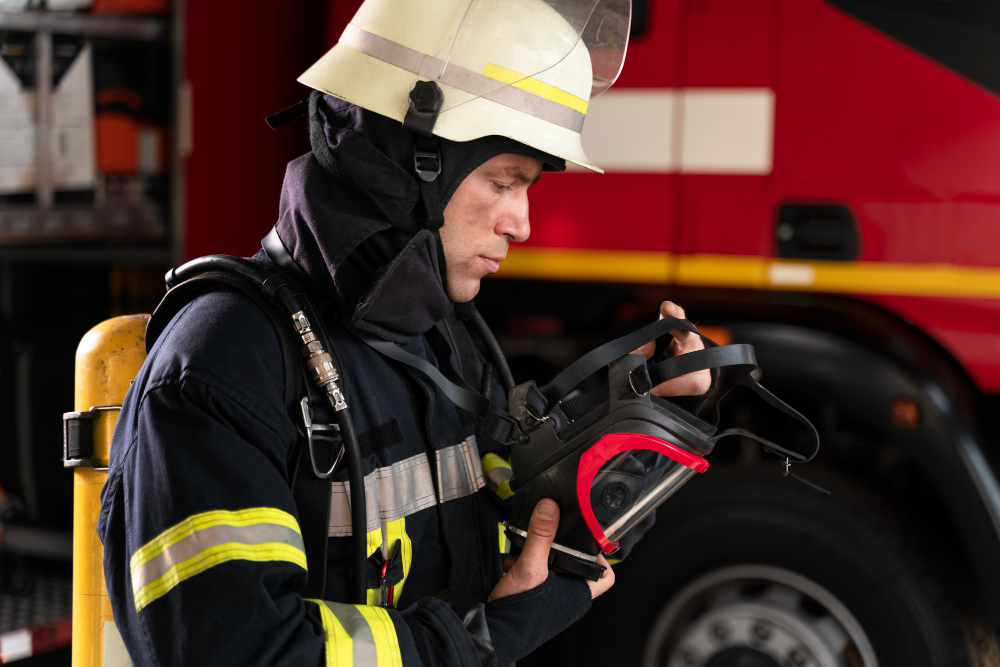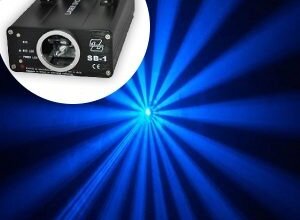Be Fire Ready Know Your Extinguisher

Fire safety is a critical part of protecting your home, workplace, or any facility. One of the most essential tools in fire prevention and control is the fire extinguisher. Whether it’s a small kitchen fire or an electrical blaze, knowing how to choose, use, and maintain a fire extinguisher can save lives and property.
In this blog, we’ll cover everything you need to know about fire extinguishers—from types and classifications to proper use and safety tips.
What Is a Fire Extinguisher?
A fire extinguisher is a portable device designed to put out small fires by releasing an agent that cools the burning material, cuts off oxygen, or interferes with the chemical reaction fueling the fire. It’s usually the first response tool before emergency services arrive.
Types of Fire Extinguishers and Their Uses
Not all fires are the same, and neither are fire extinguishers. Using the wrong type can be ineffective or even dangerous. Fire extinguishers are classified based on the type of fire they can put out:
Class A: Ordinary Combustibles
-
Fires involving wood, paper, cloth, trash, and plastics.
-
Extinguishing agent: Water, foam, or multipurpose dry chemical.
Class B: Flammable Liquids
-
Fires involving gasoline, oil, paint, solvents, and other flammable liquids.
-
Extinguishing agent: Foam, CO2, or dry chemical.
Class C: Electrical Fires
-
Fires involving energized electrical equipment like appliances, wiring, and tools.
-
Extinguishing agent: Non-conductive agents like CO2 or dry chemical.
Class D: Combustible Metals
-
Fires involving metals like magnesium, titanium, and sodium.
-
Extinguishing agent: Specialized dry powders.
Class K: Cooking Oils and Fats
-
Fires from kitchen grease, oils, and fats.
-
Extinguishing agent: Wet chemical agents specifically designed for kitchen fires.
How to Use a Fire Extinguisher: The PASS Technique
In an emergency, quick and correct use is vital. Remember the acronym PASS:
-
Pull the pin to break the tamper seal.
-
Aim the nozzle at the base of the fire.
-
Squeeze the handle to release the extinguishing agent.
-
Sweep the nozzle side to side at the fire’s base until it’s out.
Always stand about 6-8 feet away and move closer carefully as the fire diminishes.
Where to Place Fire Extinguishers
-
Homes: Kitchen, garage, near exits.
-
Offices: Hallways, near electrical rooms, and break rooms.
-
Workshops: Close to workstations and flammable material storage.
-
Vehicles: Especially trucks and RVs.
Make sure extinguishers are mounted visibly and are easily accessible.
Maintenance and Inspection
A fire extinguisher is only useful if it’s in working order. Regular checks are essential:
-
Inspect monthly for physical damage, corrosion, or leakage.
-
Ensure the pressure gauge is in the green zone.
-
Shake dry chemical extinguishers monthly to prevent powder settling.
-
Replace or service extinguishers every 5 to 15 years, depending on type and manufacturer guidelines.
When NOT to Use a Fire Extinguisher
-
When the fire is spreading quickly or is too large.
-
If the room is filled with smoke.
-
If you don’t know how to operate the extinguisher.
-
Always prioritize evacuating people and calling emergency services.
Why Fire Extinguishers Matter
Fire extinguishers are compact but powerful tools. They can:
-
Stop small fires before they spread
-
Allow time for evacuation
-
Protect property and save lives
-
Support safety regulations in public spaces
Many fires that result in severe damage could have been controlled if a fire extinguisher was used in the first few moments.
Understanding the Fire Triangle
To understand how extinguishers work, you first need to understand what fire needs to burn. This is known as the fire triangle:
-
Heat
-
Fuel
-
Oxygen
Fire extinguishers are designed to remove one or more of these elements—smothering the fire, cooling it, or interrupting the chemical reaction.
Classes of Fires and Matching Extinguishers
Each type of fire is classified, and each class requires a specific extinguisher.
| Fire Class | Fuel Type | Recommended Extinguisher Type |
|---|---|---|
| Class A | Wood, paper, cloth, trash | Water, Foam, Dry Chemical |
| Class B | Gasoline, oil, grease, paint | Foam, CO₂, Dry Chemical |
| Class C | Electrical equipment | CO₂, Dry Chemical (non-conductive) |
| Class D | Combustible metals | Dry Powder (Specialized) |
| Class K | Cooking oils and fats | Wet Chemical (Kitchen use) |
Multipurpose ABC extinguishers are common in homes and offices as they can handle the most common types of fires.
How to Use a Fire Extinguisher: The PASS Method
Using a fire extinguisher isn’t hard, but you must act fast and correctly. Use the PASS technique:
-
Pull the pin
-
Aim low at the base of the fire
-
Squeeze the handle
-
Sweep the nozzle side to side
Pro Tip: Always keep your back to an exit when using a fire extinguisher, and evacuate if the fire spreads.
Conclusion
Fire extinguishers are critical safety tools that can prevent small fires from becoming disasters. Understanding the different types, proper use, and maintenance can empower you to respond confidently in emergencies. Equip your home, office, or vehicle with the right extinguisher—and stay safe!






